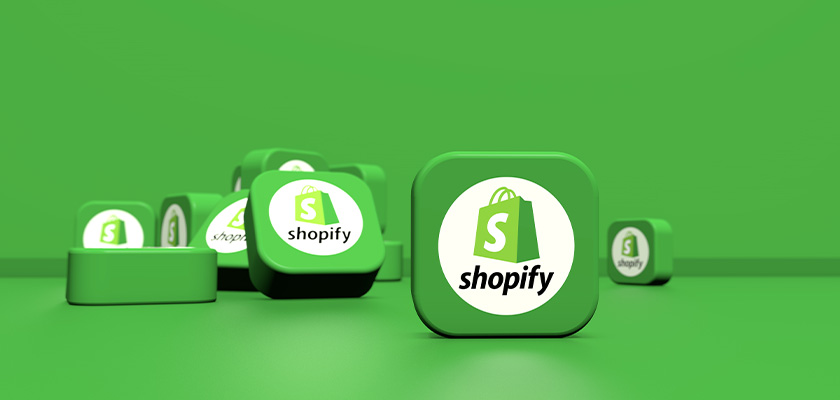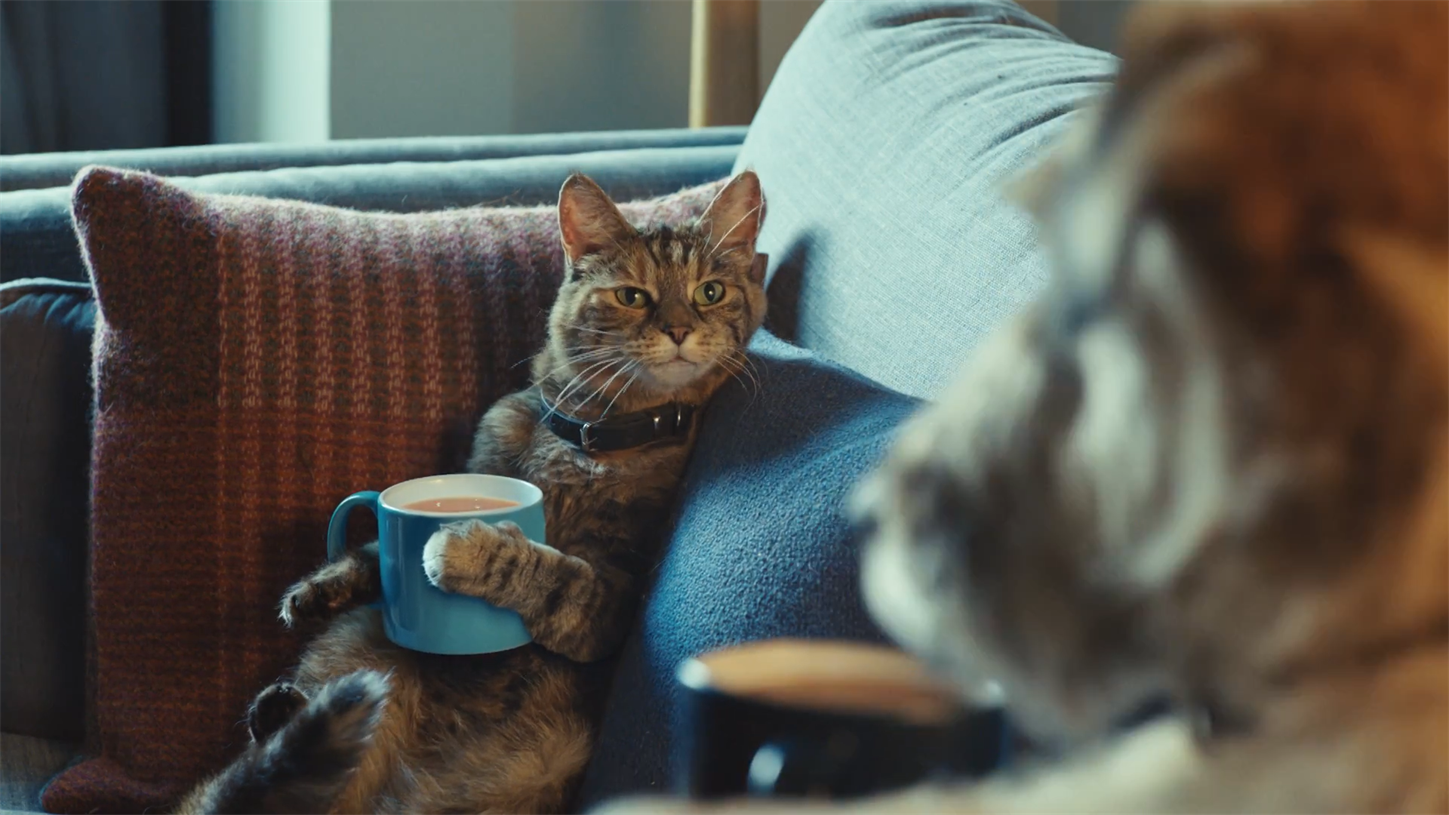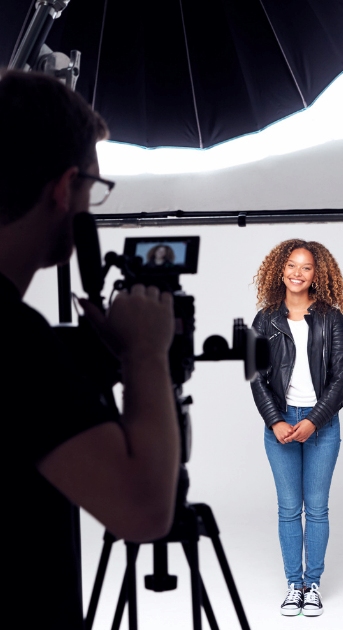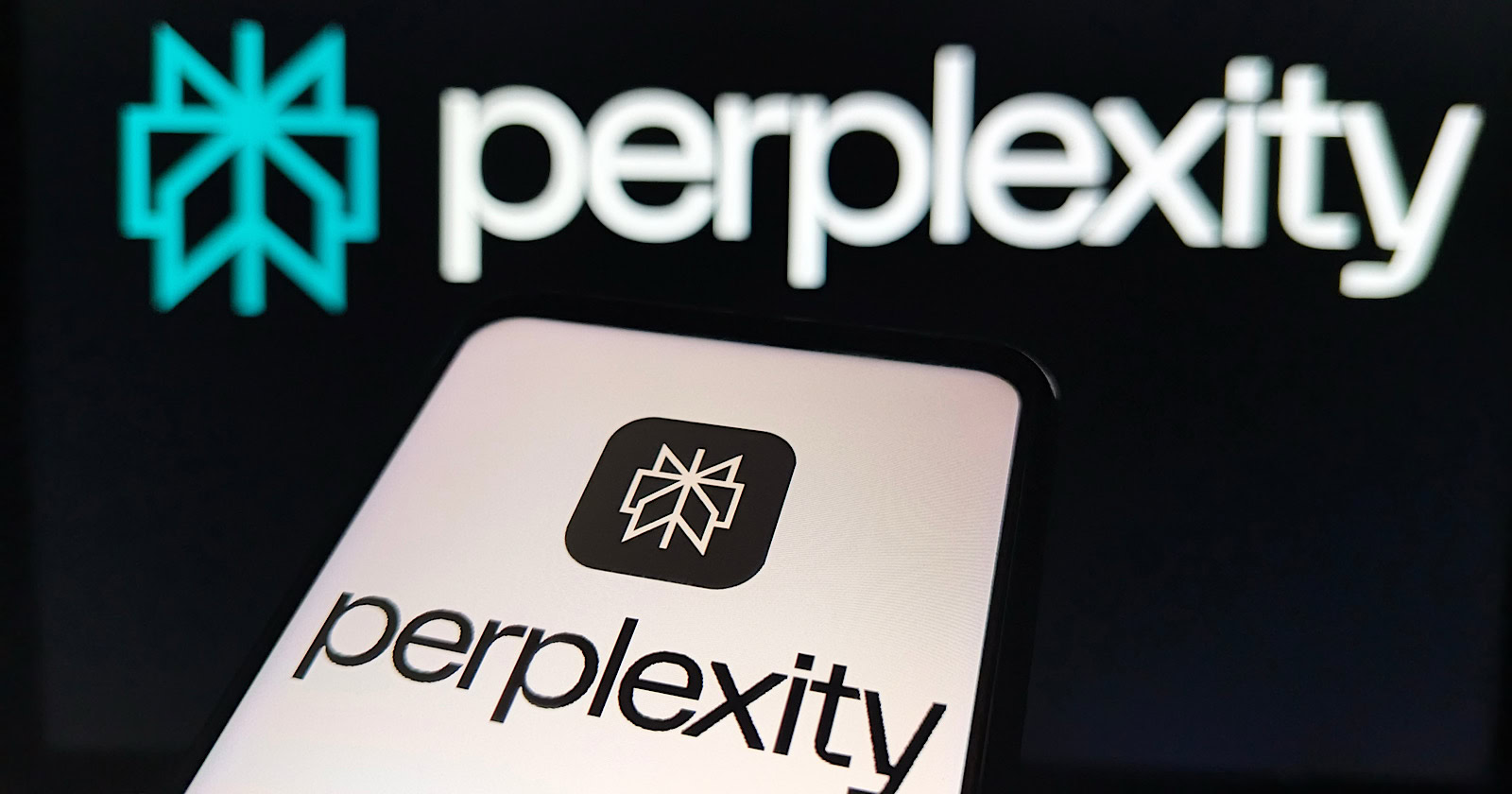Notable Viral Marketing Examples to Inspire Your 2022 Strategy
Is there really such a thing as a strategy that can make campaigns go viral? Well, yes and no. The topic of viral marketing is not straightforward; that’s why we’ll uncover its colorful past, present, and uncertain future as...

Is there really such a thing as a strategy that can make campaigns go viral? Well, yes and no. The topic of viral marketing is not straightforward; that’s why we’ll uncover its colorful past, present, and uncertain future as we head into 2022.
What is Viral Marketing?
The definition of viral marketing is a strategy in which a person, group, or company creates content designed to inspire a large number of people to share, engage with, and talk about it (a.k.a. go viral). The content can obtain a large audience rapidly and without paying in the same manner as traditional advertising because the audience increases its reach organically.
What is Viral Advertising?
Like viral marketing, viral advertising aims to encourage large numbers of people to share content organically to promote a product or service, while viral marketing campaigns can encompass a wider variety of objectives.
Examples of viral marketing and advertising
What does good viral marketing look like?
Do you remember the Fyre Festival? It might be a textbook example of how to not set up a large event, but before the Internet was making “fyre” memes about its failure, it had one of the best viral marketing campaigns of its time. In fact, the only reason why millions of people were tuned into its disastrous outcome was its social media campaigns were so successful, and they remain a brilliant example of viral marketing.
Fyre Festival’s viral marketing technique cleverly combined the power of influencers and human curiosity. Several noteworthy social media influencers – mostly Instagram models – gave the festival an initial audience to start with. They all posted a blank orange square with captions like “SO excited!!! #fyrefestival,” and the festival’s promotional video featured the orange square as a thumbnail.
This quickly got tons of people to pay attention simply because they wanted to know what the orange square on their feed was about and why Bella Hadid found it so exciting. The orange square became a meme of sorts as users reposted it to make their own followers perplexed and curious. Soon enough, entire feeds were covered in orange squares and the Fyre Festival was being talked about by millions around the world. Maybe if their marketing team was in charge of the festival, it wouldn’t have flopped so hard.
What does a good viral campaign look like?
Old Spice created one of the most successful viral marketing campaigns to date. Their ad featuring actor Isaiah Mustafa was so well done that his character became the company’s mascot and a long-lasting theme for their advertisements. The original commercial “The Man Your Man Could Smell Like” aired in 2010, yet over a decade later, an astonishing amount of Americans still remember its iconic lines and cite it as one of the best commercials of all time.
Behind the scenes, Old Spice targeted “The Man Your Man Could Smell Like” very strategically on channels where couples were most likely to be watching TV together. Though the team probably didn’t anticipate just how successful the viral campaign would be, it was intentionally designed to be a cultural phenomenon. The content was memorable, funny, and compelling, but most importantly, its format and Mustafa’s lines were replicable. In other words, it was very meme-able. The ad reached far beyond its original viewer base wherever and whenever it was referenced.
YouTube gave the viral advertisement an additional 60 million views. Imagine making an ad so iconic, it starts generating its own income. Old Spice took advantage of the video-sharing platform even further in a lesser-known but equally-clever interactive campaign called “The Response,” in which Mustafa individually responded to comments from users on platforms like Twitter, Reddit, and Facebook in over 180 videos.
Sales of Old Spice body wash increased 60% that year.
Real-World Viral Marketing & Advertising Stunts
Old Spice and Fyre Festival serve as straightforward examples of good viral marketing, but make no mistake: there’s a lot of different strategies within viral marketing that aren’t as direct. Guerilla marketing and viral marketing, for example, often go hand-in-hand.
Guerilla marketing is a promotional strategy in which companies use unconventional and/or unannounced stunts to reach and engage with their audiences.
Frozen Bananas for Sale
Take this Reddit Post from 2013, for example:
The Reddit user is not a marketer or influencer. They saw a frozen banana food stand while walking around London and found it so bizarre and funny that they figured it could earn some upvotes – which is exactly what Netflix was hoping for when they put it there.
How does a random banana stand advertise Netflix in any way? It’s a reference to the show Arrested Development, and the Reddit user’s post proves how and why it works as a viral marketing strategy. Placing a show reference in a busy city seems subtle, but “sophisticated” is a more accurate description. Netflix’s stunt proves two concepts that are key to modern viral marketing strategies:
In the age of social media, your audience has an audience Less obvious advertising =! less effective advertisingThink about it: do you think anyone would have found this as funny and awesome if Netlfix ran ads about it? How many people do you know that would walk past something like a frozen banana stand and not take a picture or tell any of their friends? It was only a matter of time before Burt’s Frozen Banana Stand appeared on every major platform. “There’s always money in a banana stand.”
IT’s (alleged) pre-movie marketing
It’s important to note that to this day, the producers of the 2017 horror film IT have consistently denied causing the Creepy Clown Craze of 2016. To be fair, it quickly became a problem – police were getting involved, embassies were warning citizens of potential clown dangers, and Mcdonald’s had to stop using its mascot for a while. Plus, even if New Line Cinema had (allegedly) sent out a few rogue clowns at any point, they certainly weren’t the core of the craze. It went viral in the first place because putting on a clown costume is a very easy way to scare approximately 12% of the human population.
The timing is conspicuously in-line with the buildup to IT’s release. Also, viral marketing stunts were a verified component of the film’s promotion. In Melbourne, thousands of Australians were treated to red balloons on multiple street drains. They were accompanied by “IT IS CLOSER THAN YOU THINK” neatly spray-painted onto the pavement.
It was clever and achieved its goal of creeping people out while creating interest in the film. And even if IT had nothing to do with the clown craze, both stunts combined helped IT earn over $317 million – hundreds of millions more than any other scary movie that year.
Viral Marketing Before the Internet
If history can borrow the term “viral marketing,” The Sun may have had one of the best campaigns of all time. The Sun was an emerging New York newspaper and the workplace of reporter John Locke in 1835. Locke had a bone to pick with companies like The Atlantic for publishing absurd articles, like Thomas Dick’s “celestial science” publishings. They were about the 21 trillion biblical creatures he calculated were on the moon (based on the population of England – very scientific), so it’s not hard to understand why Locke called it an “outrage upon science.”
Locke decided to mock the media status quo by writing a fake story in The Sun, using its sensationalism to provide the paper with more readers in the process. He pretended to be famous astronomer John Herschel, proclaiming that a new telescope had allowed him to see unicorns, beavers, and “Vespertilio-homo” (Latin for bat-men, literally) on the moon.
Locke’s stunt worked. The Sun rapidly obtained a massive audience for its time as people scrambled to get their hands on each new editorial for the latest details on the moon batmen – Locke somehow made The Sun go viral with nothing more than a printing press. After six editorials, The Sun admitted it was all fake and the Great Moon Hoax was officially over. The story became a cult phenomenon, arguably one of the first examples of viral marketing, and possibly the first meme; it was common to see The Sun’s depictions of moon people framed in people’s houses. Even the astronomer Locke impersonated thought it was funny until he realized how annoying it is to be a living meme.
The Sun maintained much of its audience from Locke’s hoax and continued on as a popular non-satirical newspaper until 1950.
Not all marketing that goes viral is viral marketing.
Not all viral campaigns come from viral marketing. In fact, it’s more common for ads and marketing stunts to go viral unintentionally and for the wrong reasons, usually due to one or more of three things:
Controversy Counterculture Cringe-worthy ContentControversy
Brands trying to advertise aren’t the right messenger for social issues, so one misstep can lead to a controversy that goes viral. Viral infamy from this strategy is so common it’s become documented research with quantifiably poor results, but for some reason that hasn’t stopped big brands from creating their own controversy for the world to see.
A recent example is Tesco’s 2021 UK ad for the holidays. It was intended to be a “lighthearted take” on the pandemic-related struggles we’ve experienced this year. Santa has his vaccine passport, allowing him to avoid quarantine and make it in time for Christmas. Queen played in the background. Everyone clapped.
The ad received over 5,000 complaints from the public to the Advertising Standards Authority, the second-highest record in its history.
Starbucks managed to gain an even larger amount of online hate when it made the #RaceTogether campaign to fight racial intolerance and “start a conversation” about ethnicity in America. They did indeed start a conversation – multiple, all over the Internet, about their corporate urge to cash in on a delicate topic.
Internet Counterculture
The wild west days of the Internet left behind a counterculture that remains strong within many online communities. A long list of companies accidentally come across Internet counterculture when their ad campaigns catch the attention of Reddit, Encyclopedia Dramatica, 4chan, and 8chan. In most cases, it’s because the campaign had a weakness that large numbers of people could collectively exploit for fun. Though it’s nowhere near as damaging as controversy, the wrong kind of attention from the Internet can completely ruin a campaign.
Brands are becoming more aware of how organized these communities can be if they feel like it, but it was a tough learning curve throughout the past two decades. It took nearly a decade for businesses to learn to avoid polls in their marketing campaigns:
Any time viral messages call for interaction, there’s a chance this part of the Internet will remind them to be careful what they wish for. For example, SeaWorld probably should have thought harder about how polite the discussion was going to be in their #AskSeaWorld campaign on Twitter. LifeLock’s CEO should have considered that several people absolutely would try to steal his identity for years when he dared them to in his 2007 commercials. And how did a company like Coca-Cola not consider the possibilities when allowing people to custom-fill bottle labels?
Cringe-Worthy Content
Sometimes all it takes is an awkward delivery for a brand to be lambasted by the Internet. There’s nothing social media loves more than gathering around in the millions and collectively saying “Wow, that’s cringe.”
On the surface, it sounds like the most harmless form of negative viral attention. Professionals stuck in traditional marketing mindsets often make this mistake, and it costs them their brand reputation in the long run. On the Internet, being out of touch is a much bigger crime than being controversial or crude. You’d be hard-pressed to find anyone who remembers the Starbucks #RaceTogether campaign despite its heavy subject matter; the same cannot be said about Wendy’s 2018 “Like a Boss” commercial.
The reason why these campaigns are cringe-worthy isn’t just because a joke didn’t land or the message wasn’t conveyed well. It’s also the fact that the try-hard and/or outdated messaging proves to an ad-conscious demographic that these companies are trying to sell products to customers they don’t understand.
Are Viral Campaigns Fading Away?
All of the noteworthy successful viral ad campaigns mentioned were launched several years ago. Of course, it would be helpful to get some more recent examples. The problem is, if you look up the top results for “viral marketing campaigns” or “viral ads” in 2021, you’ll get results like Coke’s “Real Magic” campaign holiday ad, or Fisher-Price’s “See toys everywhere” campaign. Does anyone remember these? The bar for “viral” seems to be getting lower.
What qualifies as going viral?
Some try to slap quantifiable views like “5 million” onto the definition of viral, but in truth, viral content isn’t quantifiable – the manner in which it becomes a cultural phenomenon makes it near-impossible and also pointless to count views. When something goes viral, you know because everyone knows.
Content with that kind of virality doesn’t seem to come from strategies like it did a few years ago. Why is that?
Digital Marketing Killed Viral Marketing Techniques
The landscape in which viral marketing found its sweet spot in social media marketing no longer exists.
The number of social media platforms we use has increased. The content we consume on them is personalized more than it is popular. Our online communities have gotten less communal. Our perspective on brands and advertising has soured.Businesses overstayed their welcome online both on social media and in digital ads. They desensitized people by advertising too much, they used authenticity as a marketing message instead of a value, and they made “relatability” untrustworthy over time. When paired with the natural evolution of social media, it was a death blow to strategies that worked well just a few years ago.
If people don’t like brands enough to give them word-of-mouth advertising, forget going viral.
Viral Marketing Campaign Strategy in 2022
It wasn’t entirely honest to say no ads went viral in 2021, but the only true candidate has a complicated backstory. According to TikTok, was an error, not an ad – allegedly.
The “error” was an accidental mix-up of the creatives for an Amazon ad and a random video. This resulted in random, slightly horrific yet slightly funny audio with games like Roblox being played on screen, ending with a link to Amazon for perplexed viewers to click. It got millions of views on TikTok and within days, everyone online was wondering what on Earth this ad was, who made it, and why.
Glitch, or successful viral marketing campaign?
The problem is, this explanation doesn’t make any sense. The link in the ad was to the search term “revealhome1,” not a product or store, meaning no specific thing or seller on Amazon was being promoted. Plus, no one ever came forward as the original owner of the “random video.” You’d think the creator would want to take credit for it after it accidentally managed to outperform professional ads with a fraction of the budget despite having no product, right?
Here’s a conspiracy theory: The link is a search term on Amazon because the advertiser was a rouge seller using search arbitrage to cheat their way up in search results (or maybe on the Amazon Internet Famous Page). And of course, TikTok wouldn’t like to admit that a fraudulent advertiser had not only snuck onto the platform, but his unconventional tactics and chaotic editing also made one of the best viral campaigns in 2021.
New -Age “Cool” is Chaos
Chaotic editing is a method of creating content that invokes frantic, unsettling, but also humorous feelings. The videos or pictures use strange audio clips, and low-quality visuals as well as editing characterized by sudden, fast, and/or drastic changes that complete its “chaotic” feel. It’s not a new content style and lighter forms of it are all over the Internet – deep fried memes, for example – but gen z and TikTok have made chaotic editing more mainstream.
Take a look at the full video yourself to get an idea of what that looks and sounds like: it’s strange, but still somehow structured and purposeful. It’s exactly what makes a TikTok user curious enough to click a link, just like blank orange squares did on Instagram for Fyre Festival.
Perhaps it is really just a random glitch, but it deciphered the code to virality we seem to have been missing regardless:
In the age of social media, your audience has an audience. Less obvious advertising = more effective advertising. In an endless sea of information and ads, meaninglessness and chaos “gets it.”
 JimMin
JimMin 










































